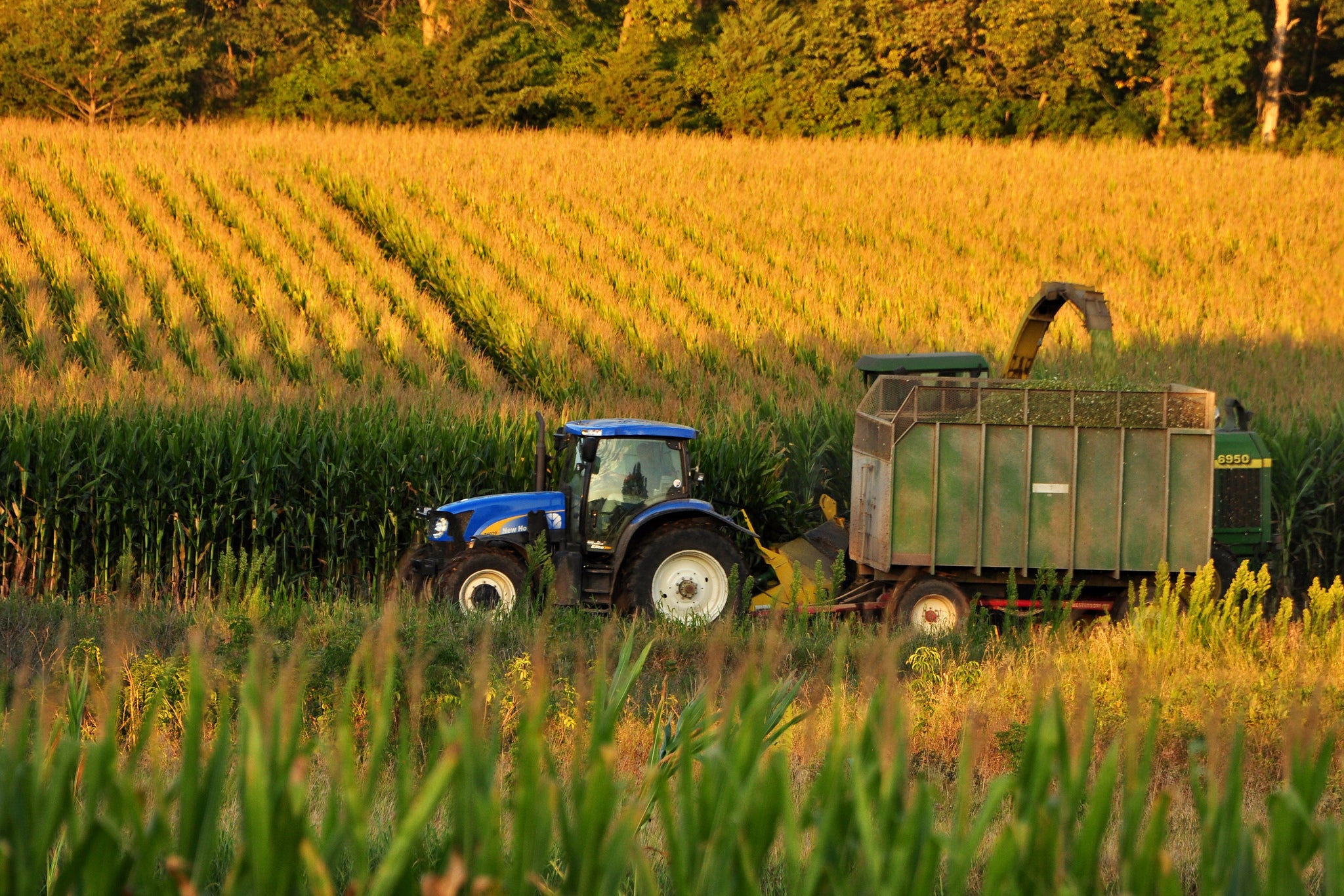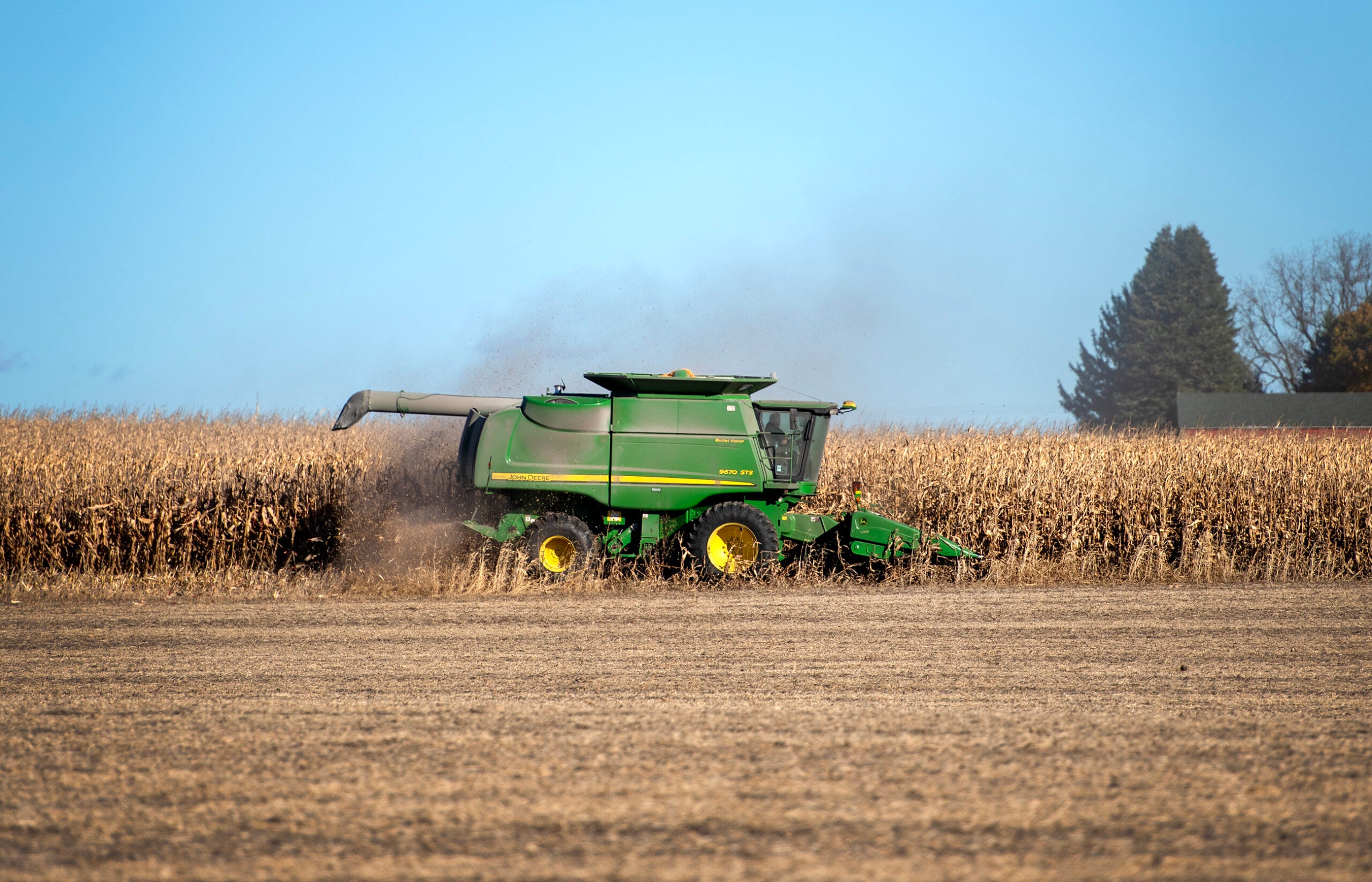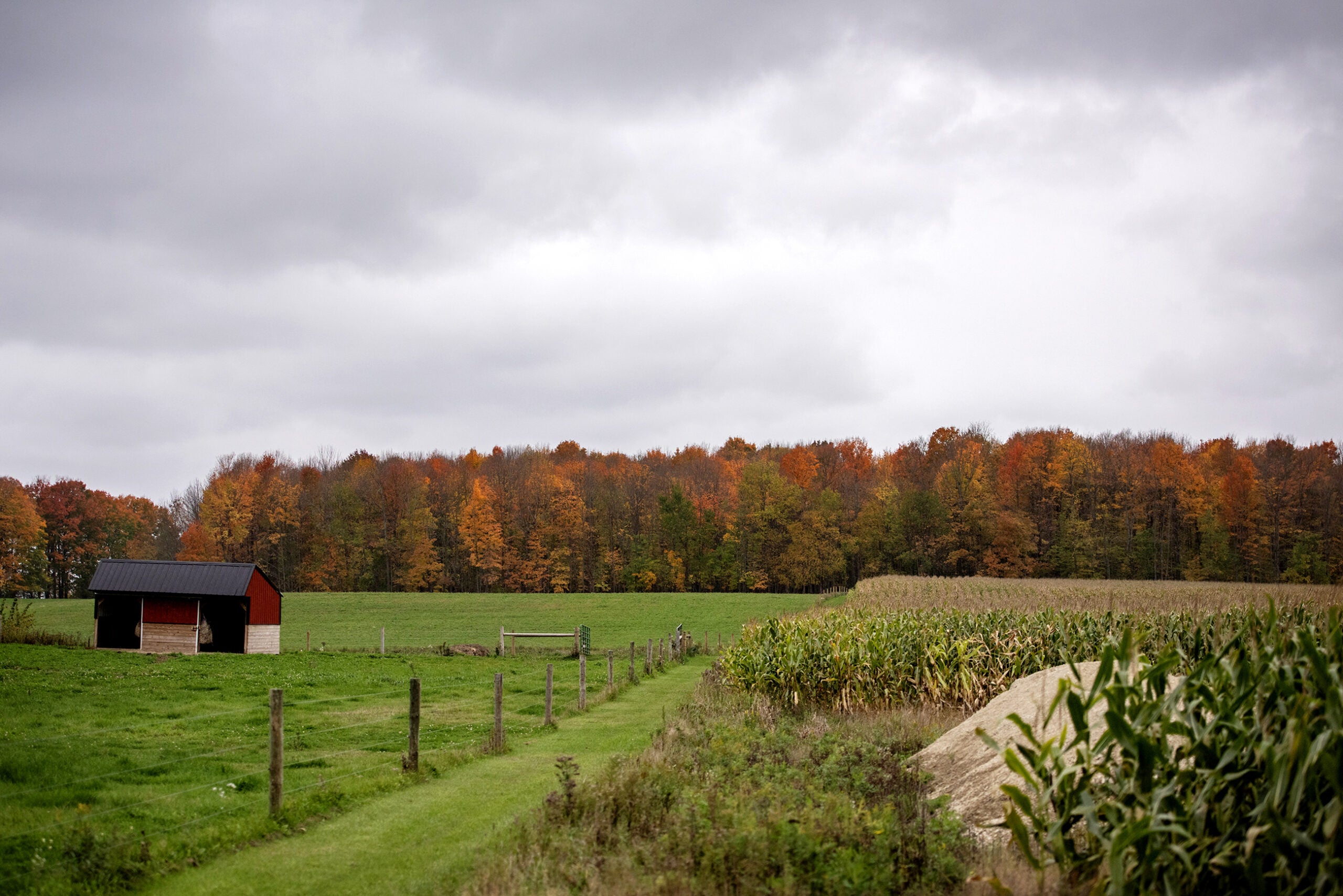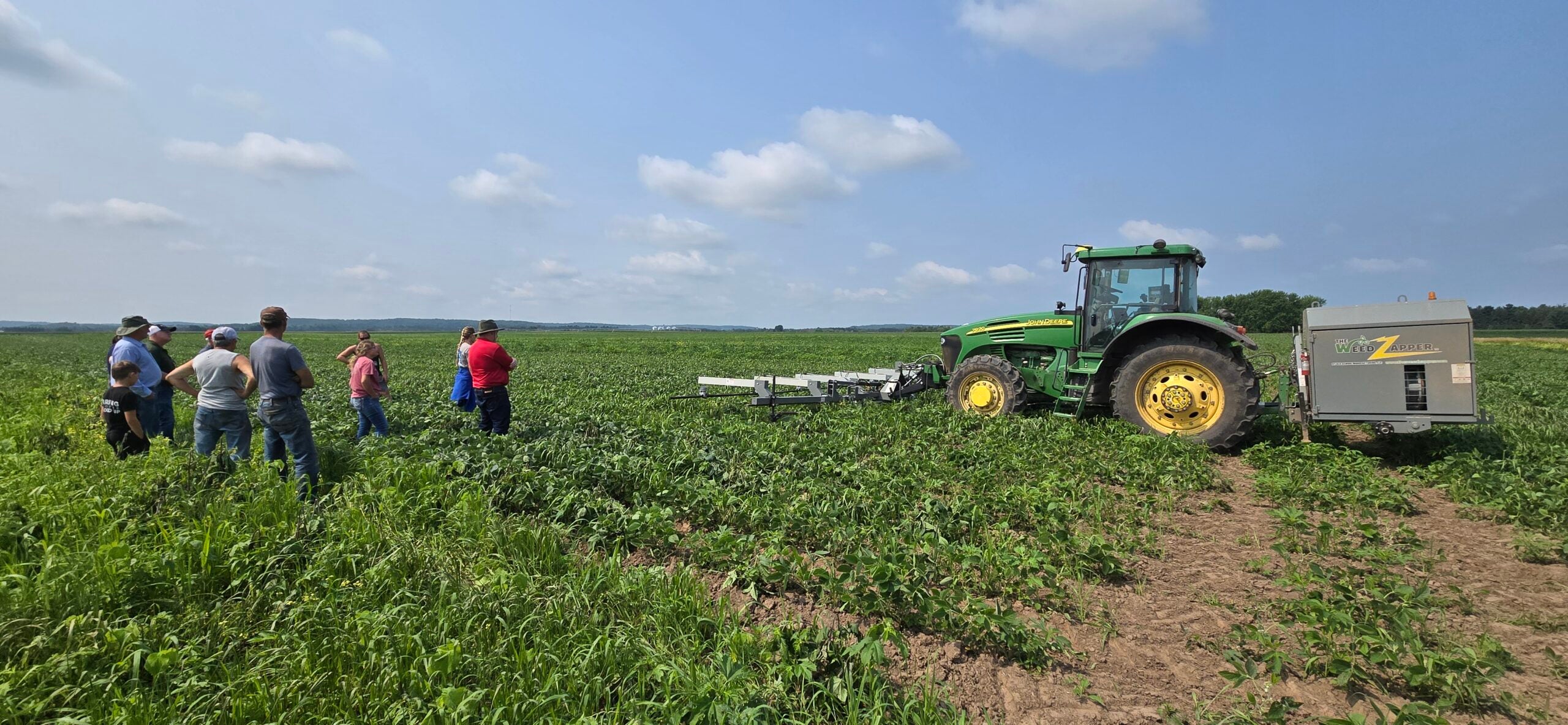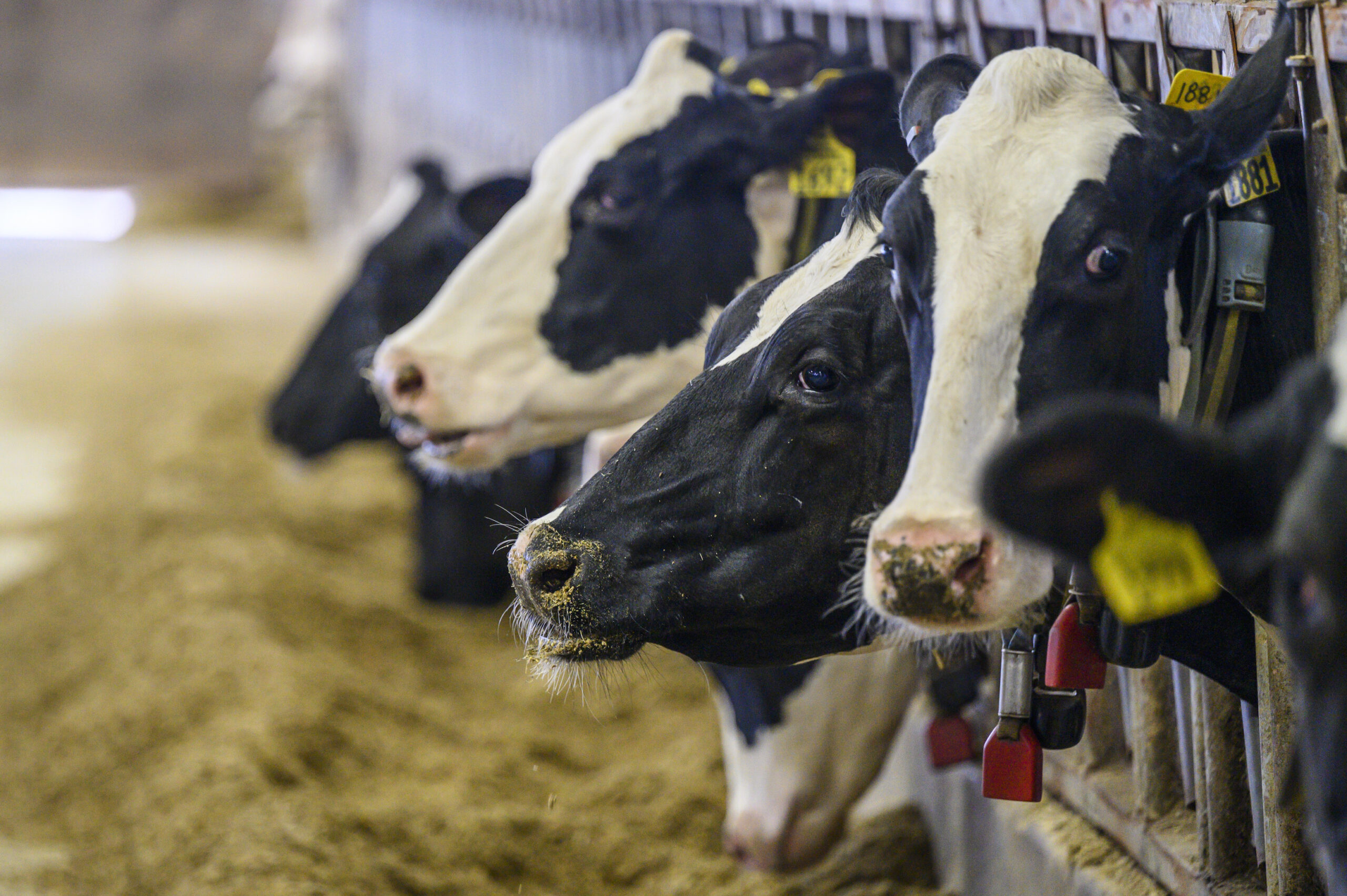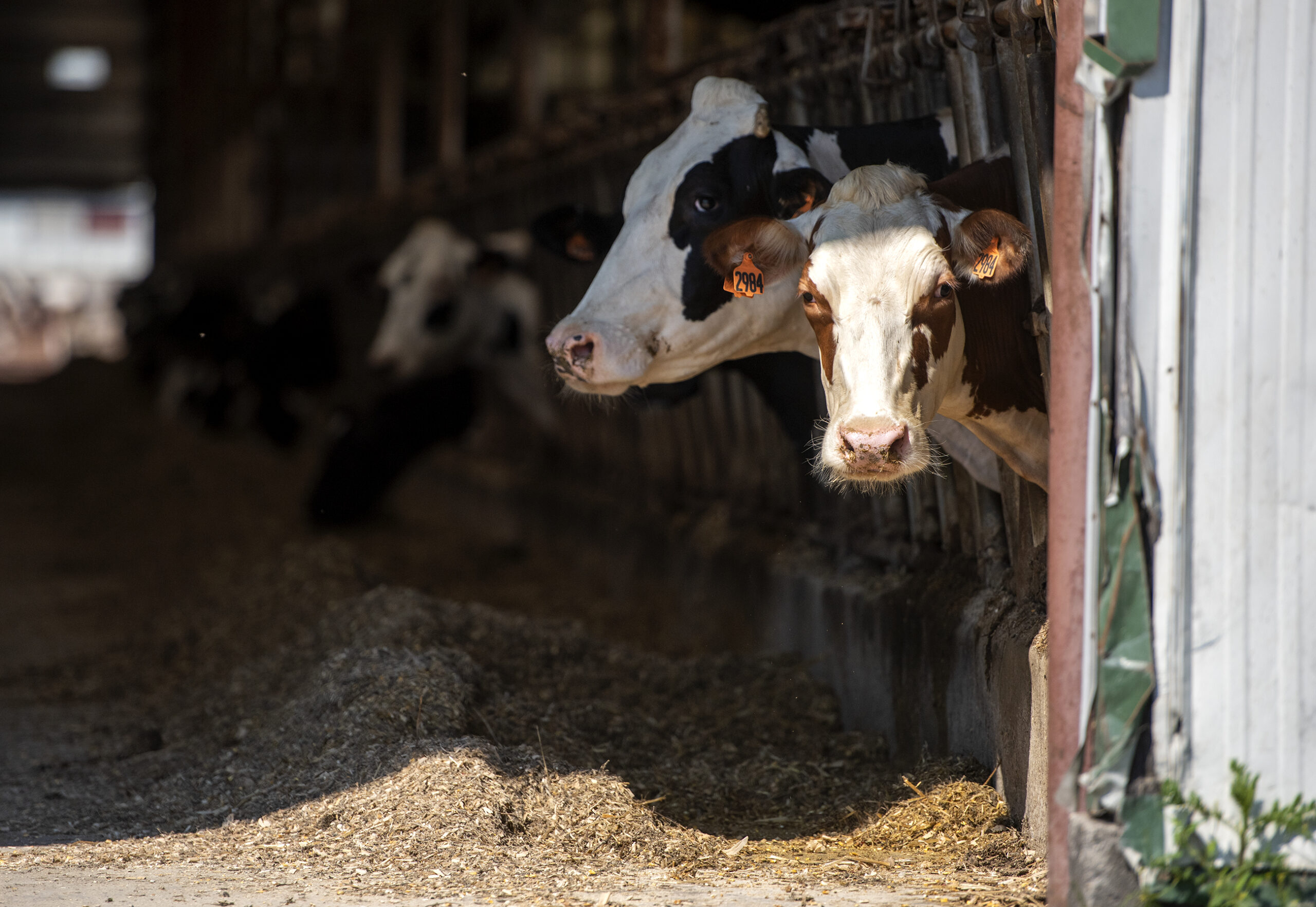Recent high temperatures and frequent rain have been good for corn and soybeans in Wisconsin.
The latest Crop Progress report from the U.S. Department of Agriculture shows 86 percent of crops are in good to excellent condition throughout the state.
“So far, we’ve had plenty of moisture and that’s helped to mitigate some of the heat stress that’s been encountered over the last couple of weeks,” said Bill Halfman, University of Wisconsin-Extension agricultural agent in Monroe County.
Stay informed on the latest news
Sign up for WPR’s email newsletter.
The frequent storms have kept conditions ideal for crop growth, Halfman said.
Fruit growers in Wisconsin have also been doing well after a late frost started the growing season with major losses to orchards and vineyards, according to Halfman.
“The apples that are on the trees are looking pretty nice right now,” Darin Von Ruden, president of the Wisconsin Farmers Union, said. “It’s just that there’s some orchards that probably have seen a 40- to 50-percent loss of what they should have had because of the frost.”
But conditions haven’t been favorable for all producers.
Dairy or other livestock farmers have been challenged with keeping animals cool with temperatures in the 80s and 90s.
Von Ruden, who is a dairy farmer in Vernon County, said most farmers haven’t seen a decrease in milk production.
“We still have three or four weeks where we could see some hot weather go through and certainly curb that production,” Von Ruden said. “If we see longer stretches (of hot weather), sometimes you’ll have reproductive issues.”
Continued storms have also delayed harvesting for many farmers with hay.
Mark Liebaert, a farmer in Douglas County, said heavy rains and flooding in northern Wisconsin have kept producers from harvesting an abundance of hay.
“We have water on the tires in some of the fields, so most of the guys who are cutting are trying to cut the driest fields,” Liebaert said. “Well, you run out of (the driest fields) pretty fast.”
Liebaert estimates farmers in northern Wisconsin are 20 to 35 percent done harvesting.
“That’s been a little bit hard to take because we are looking at a very large hay crop that we can handle,” Liebaert said. “(As the crop matures) and we’re not able to get out there and harvest it, we’re losing some quality.”
Farmers with hay in other regions have also been delayed by frequent storms.
Wisconsin Public Radio, © Copyright 2024, Board of Regents of the University of Wisconsin System and Wisconsin Educational Communications Board.
